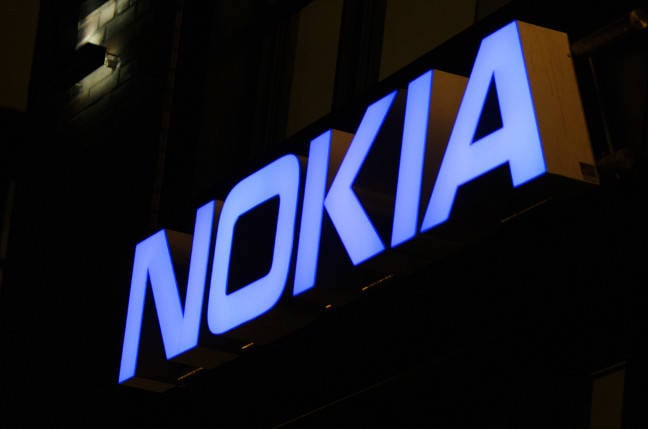
"The original Symbian kernel was nothing special, but EKA2 was a thing of beauty. It had a realtime nano-kernel that could run both an RTOS and a richer application stack."
"EKA2 was a victim of poor timing: the big advantage was the ability to run both the apps and the phone stack on the same core, but it came along as Arm cores became cheap enough."
Symbian, developed in the late 1990s, introduced the EKA2 microkernel, which was an innovative real-time nano-kernel. This kernel did not allocate memory and was capable of running both real-time operating systems and complex applications. Although it had significant advantages, such as operating both applications and the phone stack on a single core, it was overshadowed by the rapid affordability of dual cores in systems on a chip. The official source code for Symbian is available on GitHub, reflecting its legacy amidst technological evolution.
Read at Theregister
Unable to calculate read time
Collection
[
|
...
]